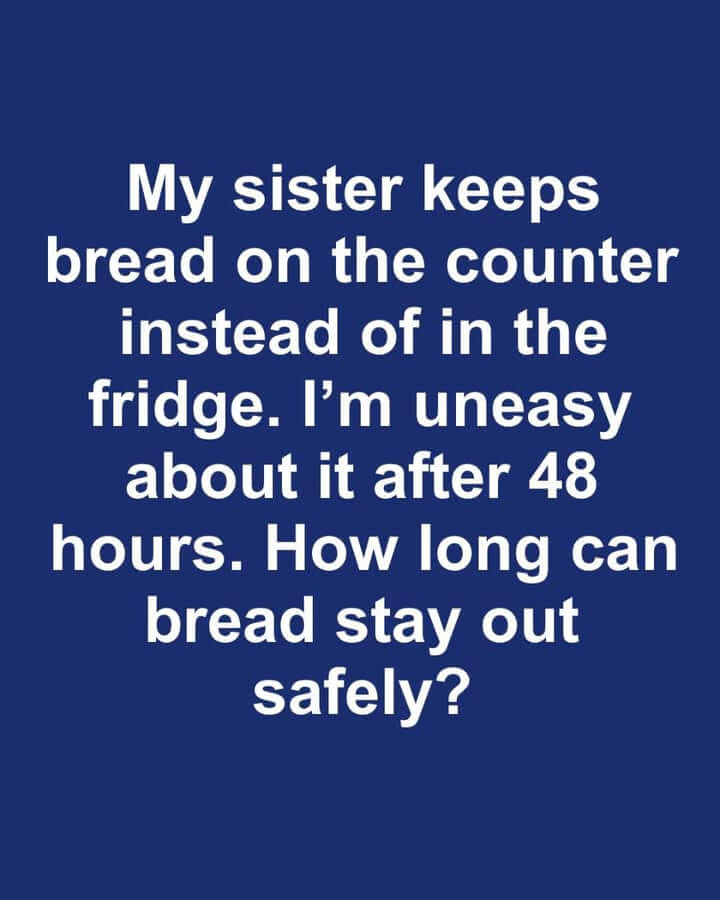Bread is a beloved staple in many kitchens, cherished for its versatility and comforting taste. Yet, there’s always debate over the best way to store it to maintain freshness and prevent spoilage. Some people, like my sister, swear by keeping bread on the counter, while others insist on refrigeration. Let’s explore how long bread can safely stay out and what factors impact its shelf life.
Understanding Bread Shelf Life
The shelf life of bread depends on its ingredients and storage conditions. Store-bought bread often contains preservatives, allowing it to stay fresh for about 5–7 days at room temperature. Homemade bread, without preservatives, may only remain fresh for 2–3 days on the counter. Knowing these timelines helps ensure the bread you eat is both safe and enjoyable.
Factors Affecting Bread Freshness
Bread freshness is influenced by humidity, temperature, and exposure to air. High humidity encourages mold growth, while too much air exposure can cause bread to dry out and become stale. The type of bread also matters; sourdough, for example, resists mold longer due to its naturally acidic environment.
The Science of Bread Spoilage
Bread spoils mainly through mold growth and staling. Mold thrives in warm, moist environments and appears as fuzzy spots. Staling occurs when starch molecules crystallize over time, resulting in a hard, dry texture. Understanding these processes helps you choose the storage method that keeps bread at its best.
Comparing Bread Storage Methods
There are several ways to store bread, each with pros and cons. Counter storage preserves texture but may shorten shelf life. Refrigeration slows mold but can speed up staling. Freezing is excellent for long-term storage, keeping bread safe for months, though it requires thawing before use.
The Case for Refrigerating Bread
Refrigeration extends shelf life by slowing mold growth, which is especially helpful in humid climates. However, it can also make bread lose its softness more quickly due to starch crystallization.
The Argument for Keeping Bread on the Counter
Storing bread on the counter maintains its flavor and texture, making it enjoyable to eat fresh. This method is ideal if you consume bread within a few days, avoiding the need for defrosting or reheating.
Signs That Bread Has Gone Bad
Bread is unsafe to eat if mold is visible or it has a sour or off smell. Bread that feels hard or dry is likely stale but not necessarily unsafe, although it may be unpleasant to eat.
Expert Opinions on Bread Storage
Experts recommend storing bread based on how quickly it will be consumed. Short-term use favors counter storage, while long-term use is best supported by freezing. Many experts caution against refrigeration unless mold prevention is essential.
Best Practices for Bread Storage
To keep bread fresh, store it in a cool, dry place, ideally in a bread box or paper bag that allows airflow. Refrigerate in an airtight container to limit staling. When freezing, slice bread first and store in a freezer bag with excess air removed for best results.
Conclusion: Finding the Right Balance
The best bread storage method depends on your habits and preferences. By understanding the factors that influence freshness and spoilage, you can enjoy bread at its peak flavor and safety. Whether you choose to refrigerate, freeze, or leave it on the counter, proper storage ensures every slice tastes its best.
